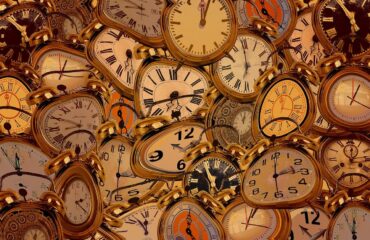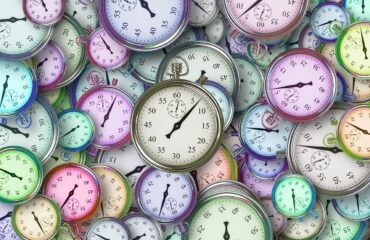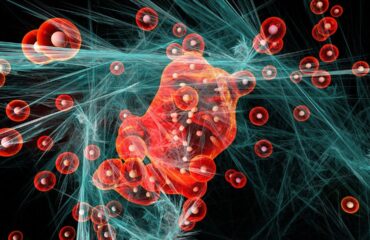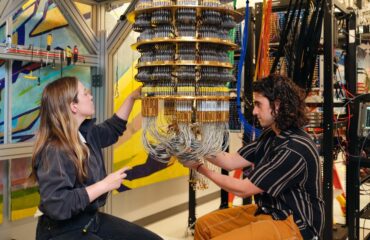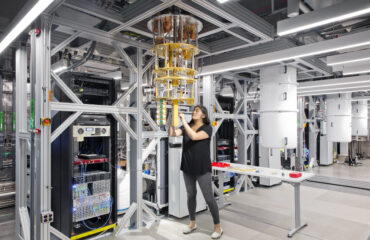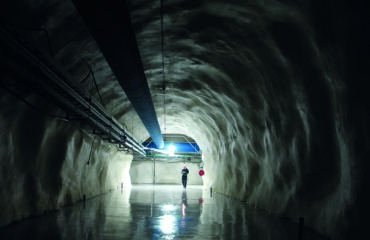The speed and accuracy of quantum computers now under development are bringing humanity to the brink of a technological revolution. It remains unclear which of the many probable futures we will choose to create with the technology’s transformative potential, but as rapid scientific advances promise to overcome technological hurdles like error correction, a quantum computing future may be closer to the present than imagined. By showcasing developments in the emerging technology and deciphering some of the complexities in its mathematics, geometry, physics, and computer science, The Quantum Record aims to empower the public imagination in shaping the future we will all share in.
The Mystery of Time: Quantum Superposition and Quantum Accounting
The quantum is the smallest amount of energy in the universe that can either cause physical change or be physically changed. The vast speed and power of the quantum computer comes from the physics of quantum entanglement, in which the information bits (called “qubits”) connect in a way that signals transmit between qubits with no difference in time. This is called “superposition”, the phenomenon in quantum physics that provides no indication of the sequential order of signals and makes the quantum computer very different from computers commonly used today. What is the cause and what is the effect, when an exchange of signals in the quantum computer gives no indication of the order of cause and effect? The binary computer you are using now keeps a reliable record of the order of its signals because of the time it takes to switch between signal-on and signal-off states, but in making an account of quantum signals we will need to maintain an accurate record of cause and effect when superposition provides no measurable difference of their order in time.

